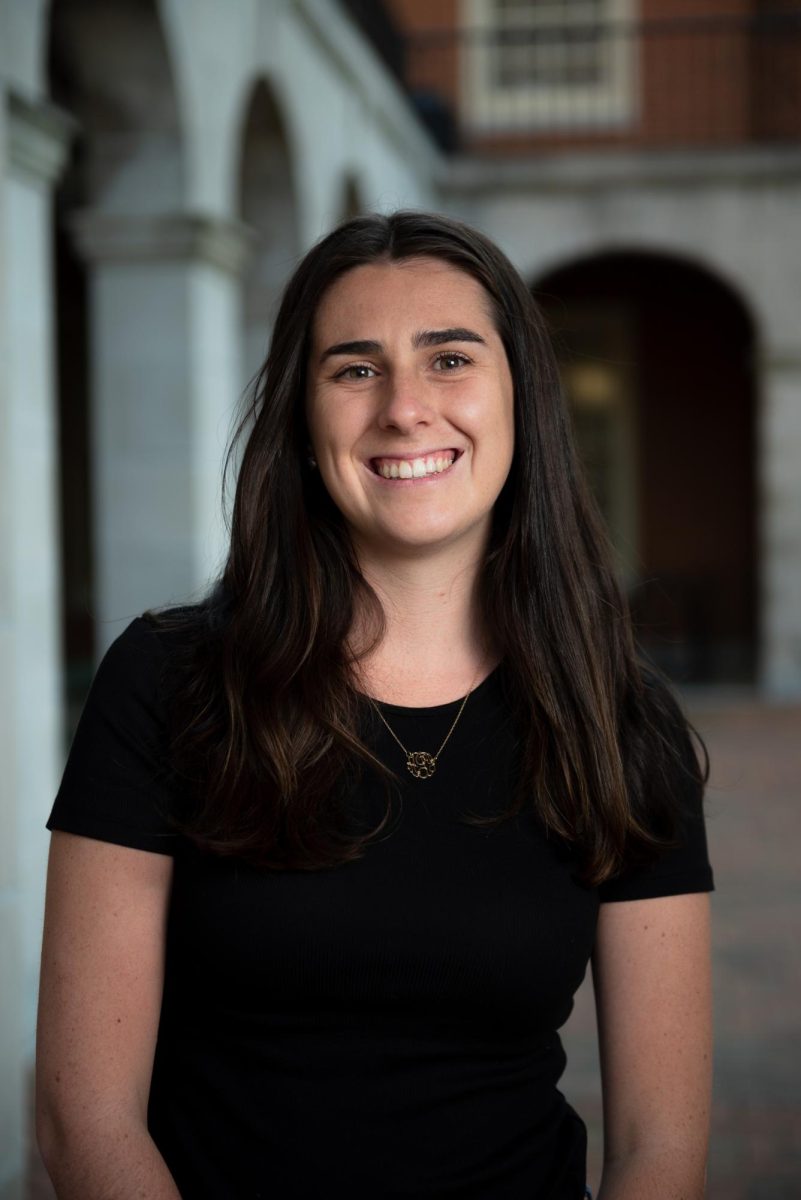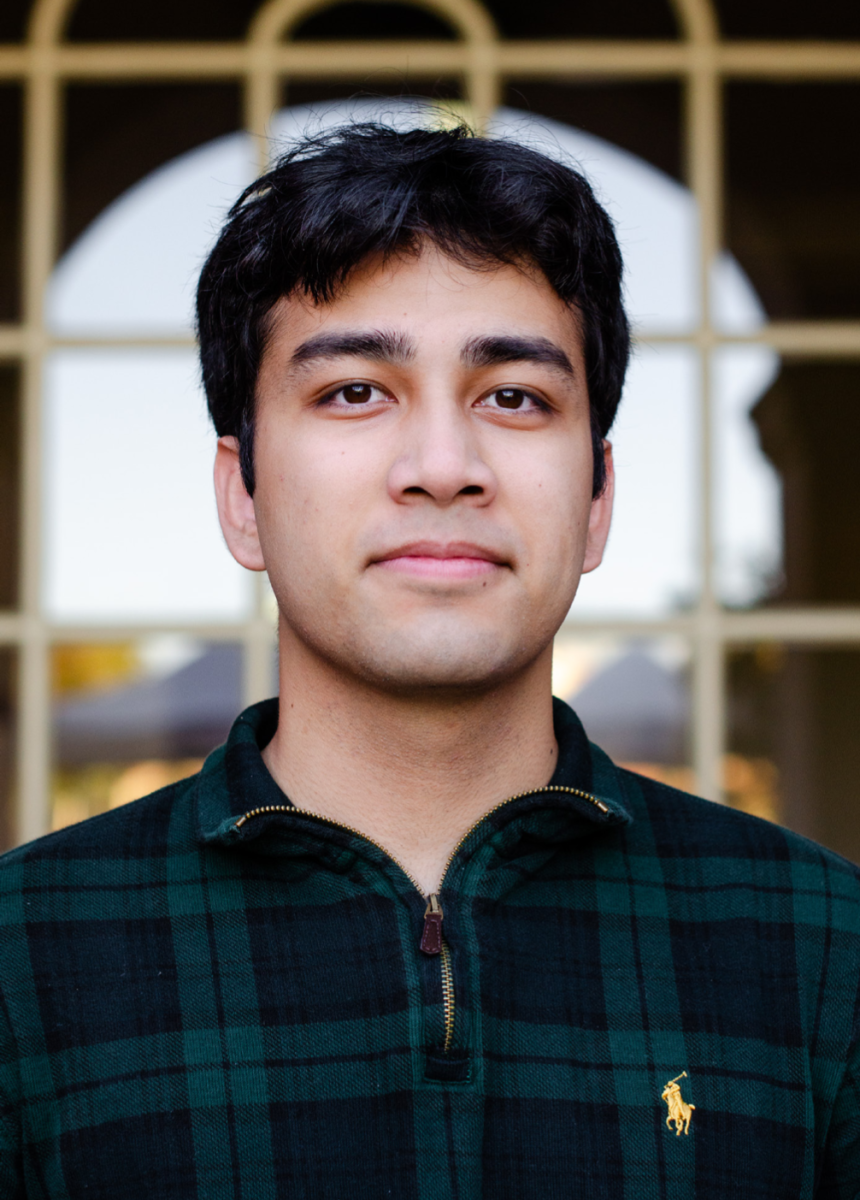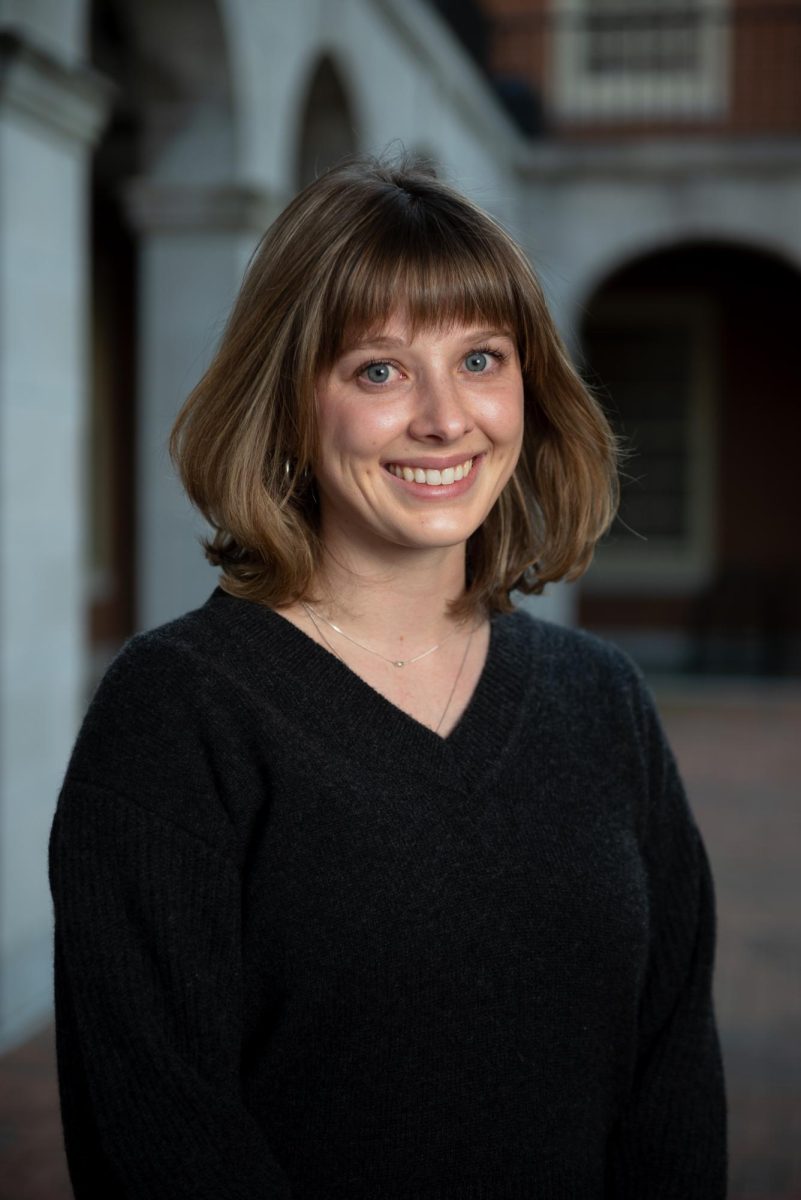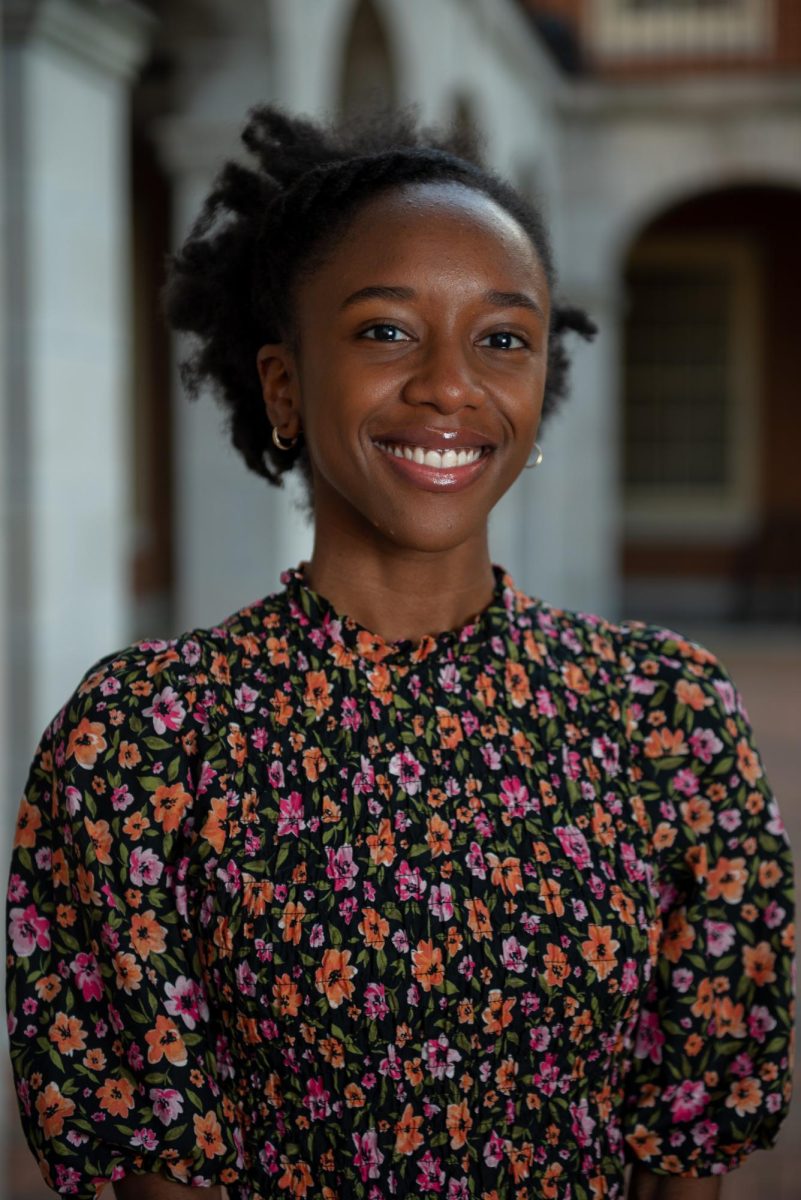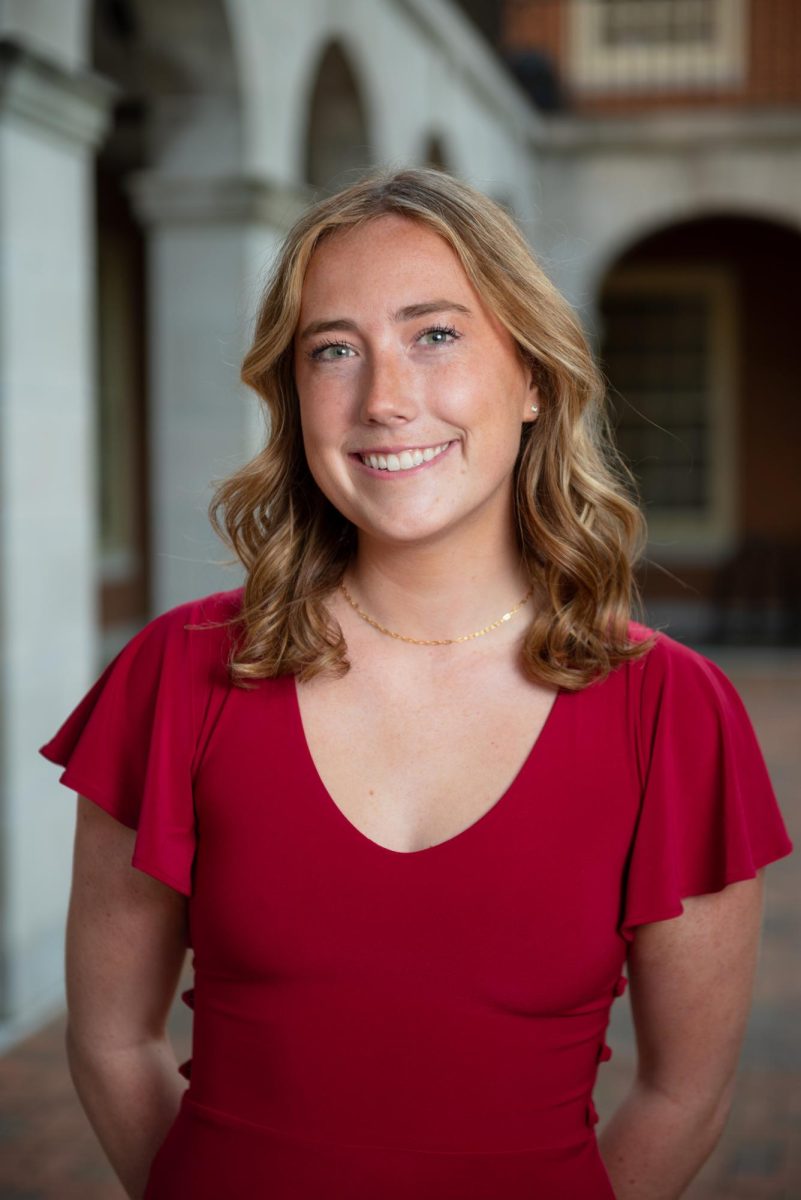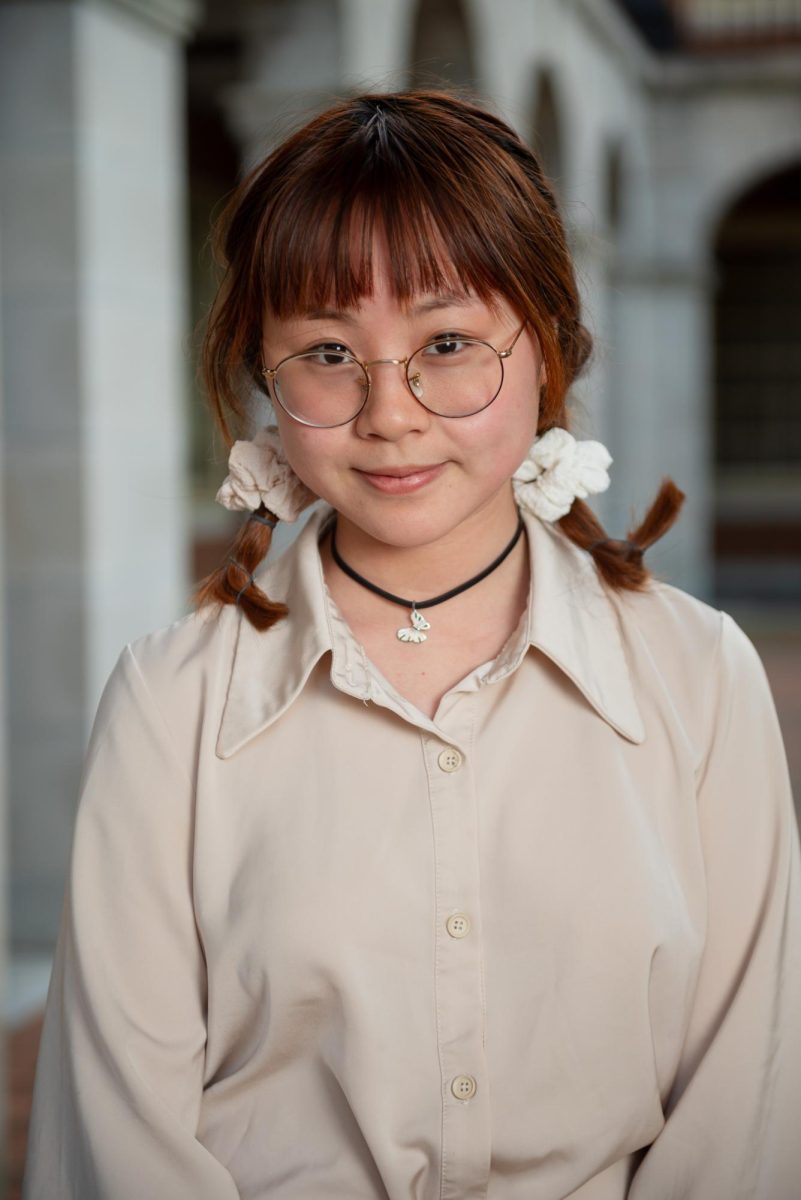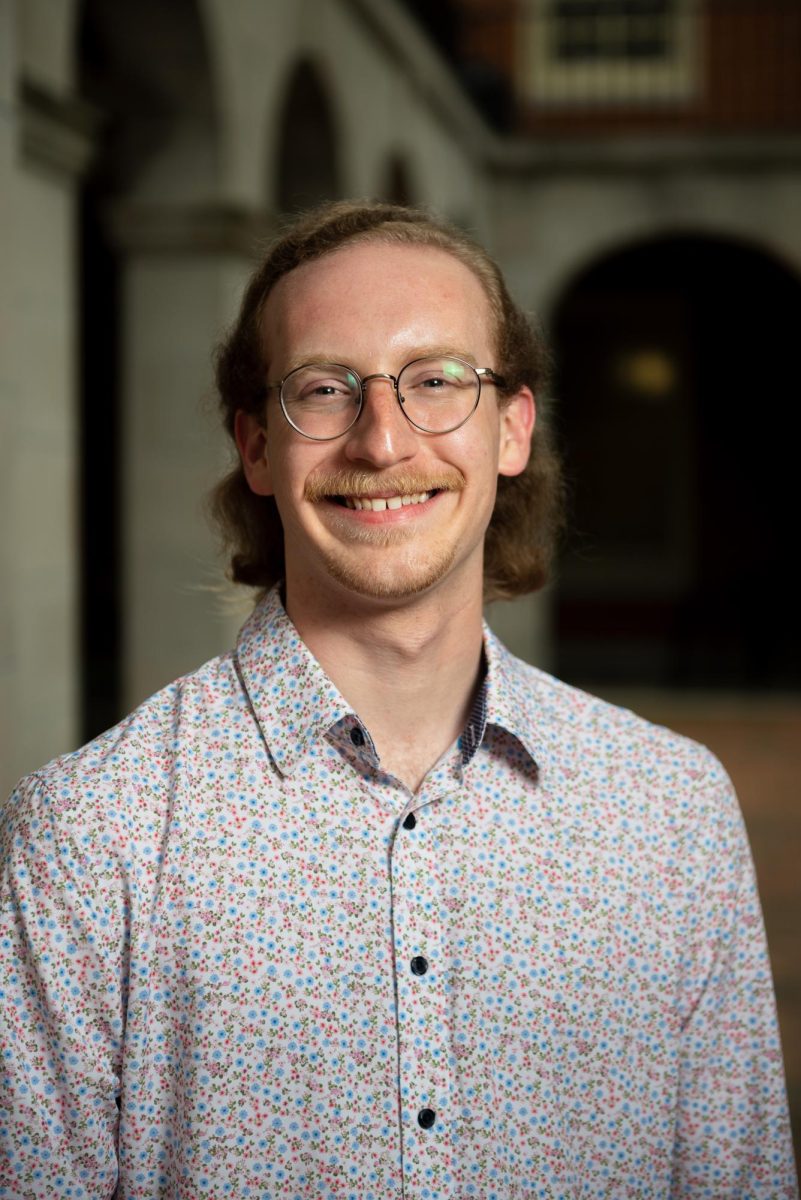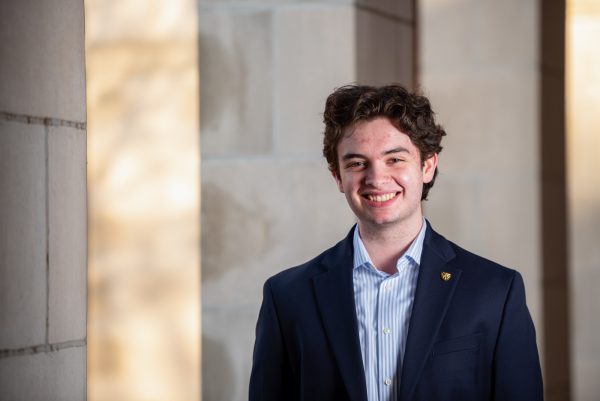At the age of three, Amanda Jones walked into a small art museum in Tucson, Ariz. The gallery, adorned with a small collection of art from the Hopi Native American tribe, immediately struck her. Her parents bought a small print featuring imagery of cowboys and cacti, and since then it has hung above her bed at home. In that early moment, the foundation for Jones’ path to art history was being laid.
“It was always in the cards, but I never really thought of [art history] until I came to Wake [Forest],” Jones said.
After taking AP Art History in high school, she continued to take classes in college. But it wasn’t until a Zoom class with a professor who was in Venice, Italy that it clicked that it should be her major.
“It fell into my lap, but I always really liked it,” Jones said. “To be able to take a Venetian art class with someone who was in Venice was just crazy.”
She was also able to re-foster her childhood love of museums through classes in the department. Through learning about art museums in a class taught by Professor Morna O’Neil, she began to understand the complexities of curation and the ongoing battle over repatriation.
After graduating, she will be getting her masters in art history from Georgetown University in Washington, D.C., an area that is no stranger to world-famous galleries and museums. Her program will include two internships in museums across the district.
“I don’t have a job specifically that I’d want to do in a museum; I just know I would love to be in that setting,” Jones said. “Whatever opportunity comes, I will love it.”
Jones said that someone asking her what her favorite museum is was akin to asking what her favorite book or song was — full of variation and impossible choices.
She landed on the Philadelphia Museum of Art and the Barnes Foundation, citing her affection for her hometown: Philadelphia, Pa. However, she also fosters a particular affection for the Reynolda House.
“I love Reynolda House,” Jones said. “I worked there my sophomore year as an intern. I was the first underclassman they had as an intern. I love it.”
She recalled making the trek through the Reynolda trail in the early morning her sophomore year. At the time of the interview, she had just had the opportunity to give a lecture at the house, speaking on art periods she’s well versed in.
Jones says the subjectivity of art is valuable, allowing different people to draw different conclusions from art.
“I think listening to those perspectives is important. While you may think one thing, others might see it differently, and you have to have an open mind to that,” Jones said.
Because of COVID, there were no campus days or ways for Jones to meet fellow students in-person ahead of time. She recalls joining a random class of ‘24 GroupMe, quickly bonding with dozens of other anxious pre-fosh students.
“I still talk to 20 of them daily. They’ve become my best friends,” She said.
“Without them, I’m a completely different person.”


